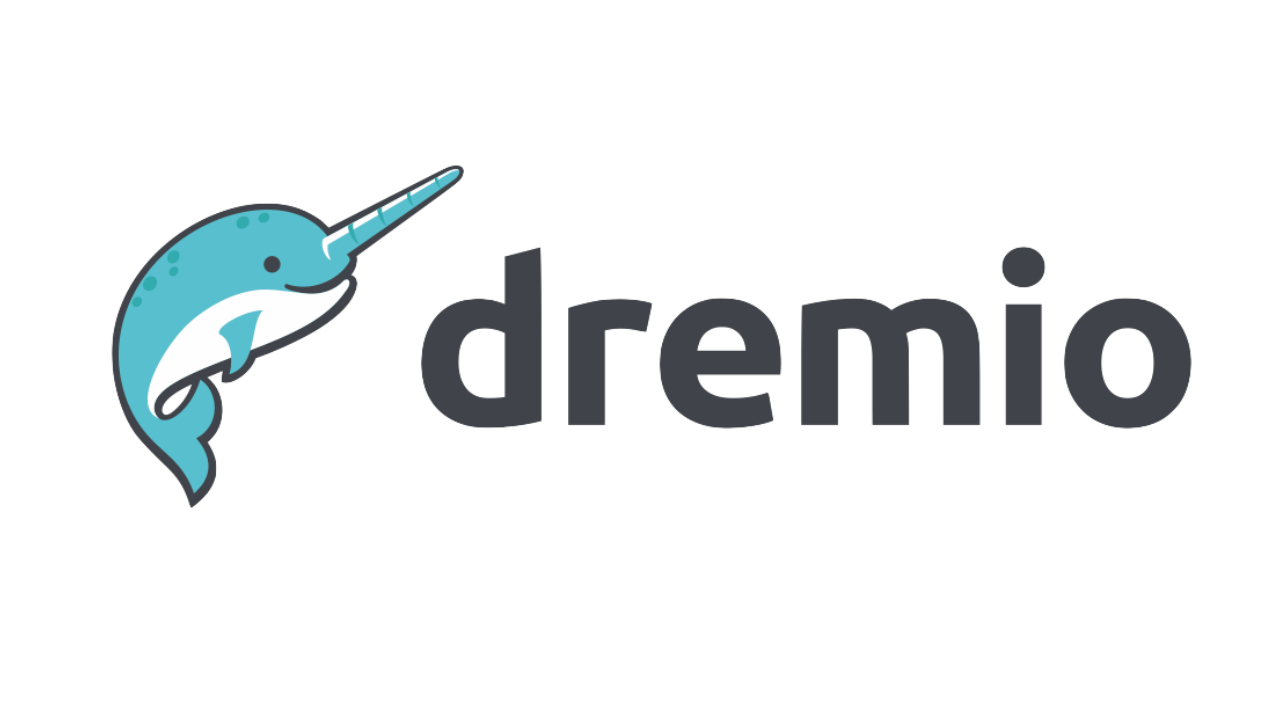
Overview
Starburst Galaxy is a fully managed data lake analytics platform designed for large and complex data sets in and around your cloud data lake. It is the easiest and fastest way for you to start running queries at interactive speeds across data sources using the business intelligence and analytics tools you already know.
Starburst Galaxy takes just minutes to set up and takes care of the heavy lifting of designing, provisioning, maintaining, and securing your Trino infrastructure. In addition, Galaxy offers proprietary features such as fully managed connectors, global search, schema discovery, monitoring and metrics, and data sharing with data products that allow your data teams to focus on generating unique insights from your data - not managing and building analytics infrastructure.
Highlights
- Simplicity - Starburst Galaxy lets you discover, govern, and prepare your data from a single, fully-managed platform. Future-proof your architecture with a single point of access and governance to all your data, including RBAC and ABAC capabilities.
- Scalability - Built on top of a query engine designed to run at internet-scale, Starburst Galaxy automatically scales your infrastructure to the needs of your workload in just a few clicks.
- Optionality - Starburst Galaxy works with any data storage and table format, so you never have to worry about locking yourself into a proprietary data ecosystem.
Details
Introducing multi-product solutions
You can now purchase comprehensive solutions tailored to use cases and industries.

Features and programs
Buyer guide

Financing for AWS Marketplace purchases

Pricing
Vendor refund policy
No refunds.
Custom pricing options
How can we make this page better?

Legal
Vendor terms and conditions
Content disclaimer
Delivery details
Software as a Service (SaaS)
SaaS delivers cloud-based software applications directly to customers over the internet. You can access these applications through a subscription model. You will pay recurring monthly usage fees through your AWS bill, while AWS handles deployment and infrastructure management, ensuring scalability, reliability, and seamless integration with other AWS services.
Resources
Vendor resources
Support
Vendor support
Get help directly from Starburst in the Starburst Galaxy UI by using our chat app. You can use the app to get answers to frequently asked questions, chat with a support agent, and search our knowledge base. For free, on-demand training, visit Starburst Academy. Docs: https://docs.starburst.io/starburst-galaxy/index.html Support Packages:
AWS infrastructure support
AWS Support is a one-on-one, fast-response support channel that is staffed 24x7x365 with experienced and technical support engineers. The service helps customers of all sizes and technical abilities to successfully utilize the products and features provided by Amazon Web Services.



FedRAMP
GDPR
HIPAA
ISO/IEC 27001
PCI DSS
SOC 2 Type 2
Standard contract
Customer reviews
Streamlined Data Analytics with Excellent Support
Fast Data Queries and Robust Access Controls
Effortless Data Federation and Granular Governance Made Easy
Effortless AI Agent Creation with Robust Features
Unified data access improves analytics and simplifies complex processes
What is our primary use case?
I use Starburst Galaxy on AWS as a federated query engine to access our S3-based Iceberg data lake, Snowflake , and Redshift without duplicating data. This enables secure, high-performance analytics and machine learning workloads with consistent governance across all data sources.
How has it helped my organization?
Starburst Galaxy has improved our organization by unifying access to all major data sources, reducing the need for complex ETL processes. In addition to our original use case, it has proven fast and reliable for Iceberg table maintenance, and it has enabled ingestion of Kafka feeds into our AWS S3 data lake, further increasing its value to our data platform.
What is most valuable?
The features I value most are federated querying across S3 Iceberg, Snowflake , and Redshift; native Iceberg table management tools that make maintenance operations simple and performant; and the ability to connect directly to Kafka for streaming ingestion. The federated query capability has also enabled me to build a Sigma Computing dashboard that pulls data from Postgres, BigQuery , and Snowflake through a single Starburst Galaxy connection, greatly simplifying data access and integration.
What needs improvement?
I would like to see better alerting integrations for failures and errors in scheduled tasks and maintenance jobs. I also want support for more connectors such as Kinesis and Firehose, support for more file types such as Avro and JSON, and object storage message queue integration for object storage integrations. A single view of query execution and optimization details, rather than needing to toggle between the Galaxy and Trino UI, would be helpful. Additionally, enhanced control over account and environment variables that would be available in the Enterprise edition would be beneficial.
For how long have I used the solution?
Which solution did I use previously and why did I switch?
I previously used several query engines, including Athena , EMR, Redshift, Snowflake, and BigQuery . Starburst Galaxy’s federated query capabilities allowed me to join data across clouds and platforms, reducing complexity.
What's my experience with pricing, setup cost, and licensing?
I recommend tracking usage metrics from the start, focusing on data scanned and query concurrency, so you can right-size spend. If workloads are steady, you should explore commitment-based pricing for better rates and factor in the operational savings from not having to manage and scale your own Trino or query infrastructure.
Which other solutions did I evaluate?
I reviewed several options including Databricks and Dremio . I was an early adopter of Snowflake and still use it as well. Starburst Galaxy was a better fit for my technology stack and developers.
What other advice do I have?
I have found that Starburst Galaxy’s flexibility makes it worth experimenting beyond the initial deployment plan. Features I originally viewed as secondary, such as Iceberg maintenance and Kafka ingestion, have become everyday tools. Building a strong relationship with the Starburst team has also helped me optimize configurations and discover new capabilities faster.